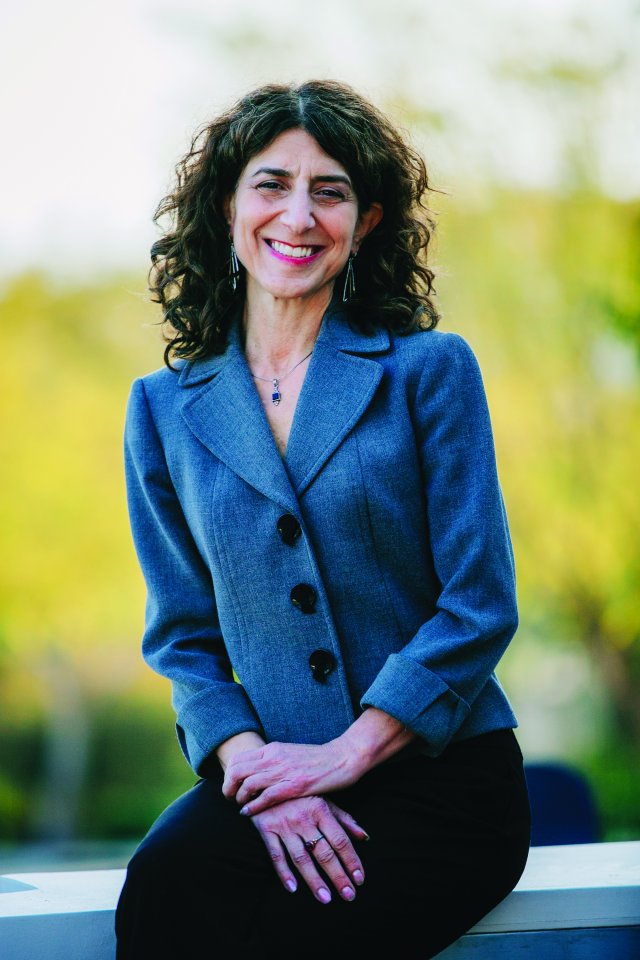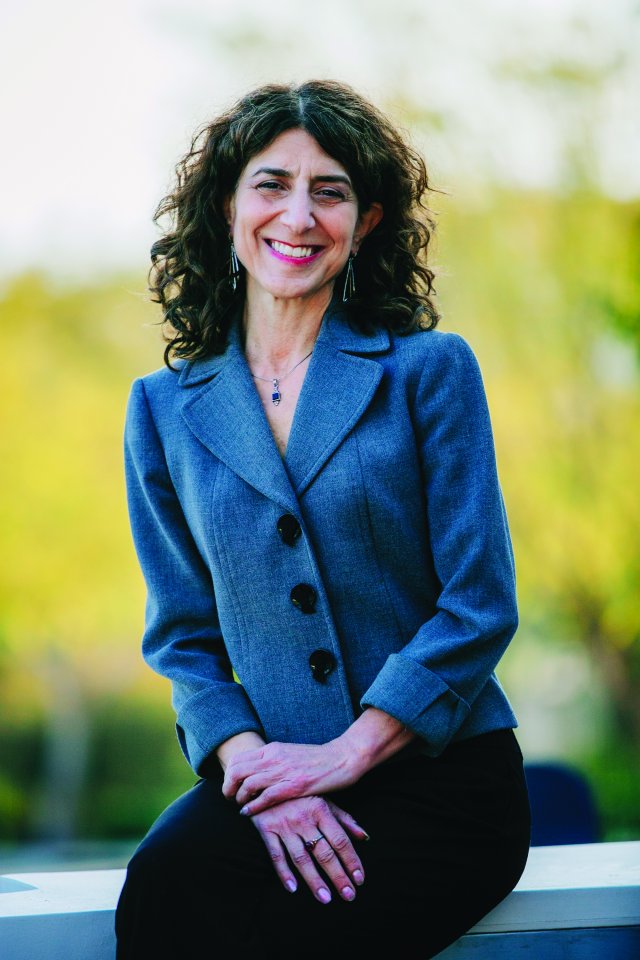
Seems fitting for me to write this column on the first day of spring. Just as the season is marked by the promise of renewal and hope, so are many of the projects and events we have undertaken this year.
As you will read in this edition, we are living into some of the structures and systems we have started to build for diversity, equity and inclusion (DEI); spotlighting the timely and relevant research our faculty and students pursue; and celebrating our commitment to helping students, faculty and staff find and follow their callings or vocations. We also are embarking on a comprehensive strategic- and master-planning process fueled by the type of invigoration that makes spring such an energizing time of year.
Rather than summarize the interesting stories you will read in this issue, I’d like to use this column to highlight some of the priorities and themes emerging in the planning process.
In higher education, the process is often as important as the outcome. Hence, we have designed our integrated strategic- and master-planning process to be inclusive and transparent, engaging faculty, staff, students, alumni and Regents. Over the last several months, more than 300 of those constituents have participated in half-day workshops, focus groups, themed groups and more. Our collective work has identified three themes for the strategic plan.
The first theme, a vibrant student experience, will prioritize programs and initiatives that ensure our students develop a sense of belonging; participate in high-impact learning activities such as service-learning, internships and guided research; and have access to state-of-the-art technology.
Our second theme, bolstering employee satisfaction, focuses on a fulfilling work environment. We are looking at ways to institutionalize interdepartmental and cross-campus collaboration; provide professional development so employees can learn, grow and prepare for higher-level positions; and strengthen the university’s shared governance system so staff members, like faculty, have an official role in providing input and recommendations on key decisions.
Our third theme, distinctive impact, will prompt us to enhance and leverage the many partnerships we have with businesses, nonprofits, foundations and other educational entities. It will call us to identify the academic and co-curricular programs, services and commitments that differentiate from peer and aspirant institutions.
As we formulate the initiatives under each theme, we will look at how we will maintain, renovate and build facilities, green spaces, thoroughfares and other spaces to contribute to all of the above. This work will be part of the master-planning process that will come to life through the financial support of alumni, donors and friends who want to put their mark on the future of this special place.
But this is only the beginning of our work to create promising changes for Cal Lutheran, and I’m glad we’ll be on the journey together.
